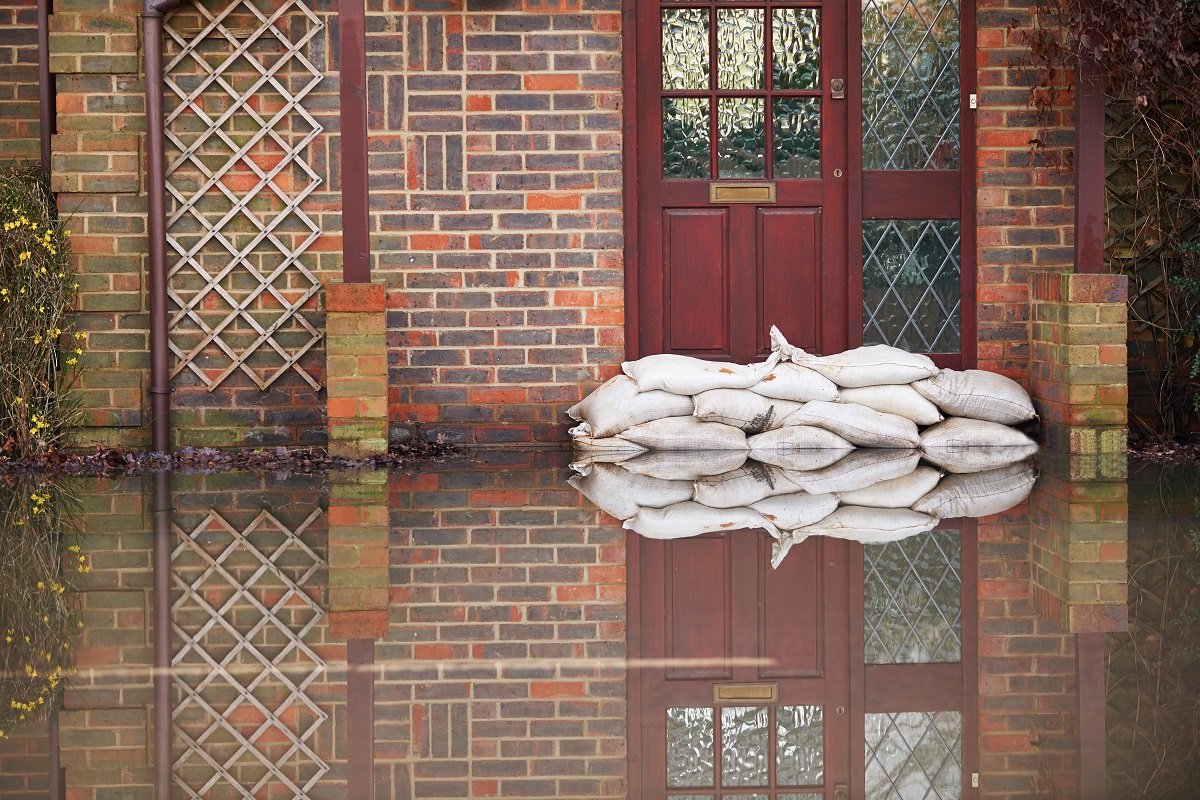Although most properties in the UK are not at risk of flooding, millions are, even in areas that are not immediately waterside.
When parts of the country are devastated by floods and the news is dominated by pictures of unfortunate homeowners mopping up their basements, the natural human reaction is to think, ‘That could have been me.’
It is important for homeowners and house-hunters alike to understand the basics about flooding and the associated risks. This simple step-by-step guide is designed to help those buying a house in a flood risk area.
What are the main causes of flooding?
The most common cause of flooding is rivers bursting their banks after periods of heavy rain. In coastal areas, unusually high tides also present an obvious risk. But even in areas that are not near the sea or a river, there is a risk of so-called ‘surface water flooding’, typically caused by the sort of flash floods that follow thunderstorms. Another, rarer, phenomenon is groundwater flooding, when the water table rises, and water starts to seep into basements and cellars.
How prevalent is the problem?
More prevalent than you might think. The Environment Agency has calculated that around one in six properties in the UK is at some risk of flooding. Some low-lying areas have long been identified as flood plains, experiencing flooding at regular intervals, and although new building on flood plains is discouraged, it still takes place in some areas.
How do I check if a property is in a flood risk area?
The simplest way to find out if a house is in a flood risk area is to visit the government website and enter the postcode of the area in which you are interested. Areas are graded for flood risk, from ‘high’ to ‘very low’, usually depending on their proximity to rivers and the previous history of flooding in the area. But be mindful that flood maps can change from time to time so it is good to get information from other sources, e.g. local estate agents or, if you are buying, the owner of the property. Your conveyancing solicitor will also need to be on the ball.
What are the implications for my home insurance?
Considerable, particularly if a property has been flooded in the past or is in an area of high risk. When shopping around for insurance, you should be armed with as much information as possible, so that you can get a reasonable deal. Some insurers will ask for an Insurance Related Request Letter, requiring you to get a formal letter from the Environment Agency, confirming the flood risk level associated with the property. This will also stand you in good stead with your mortgage-lender, who will want to satisfy themselves that the property is insurable.
You should also check out Flood Re, a special scheme recently established by the Association of British Insurers, aimed to benefit homeowners at significant flood risk by capping premiums. The scheme offers an invaluable backstop in the case of properties that have had more than one episode of flooding and might previously have become uninsurable.
What extra costs should I expect to incur?
The most obvious one is the higher insurance premiums which you can expect to pay in an area of high flood risk. They can be irksome but if you bear in mind that you will probably pay significantly less for the property because of its at-risk status, you will not necessarily be worse off in the long run.
You should also consider investing in measures (see below) to contain the damage caused by flooding if the worst comes to the worst. In areas which flood regularly, it is a good idea to purchase a supply of sandbags and other flood guards to prevent a last-minute scramble.
What preventative measures can homeowners take?
Given the havoc wreaked on carpets by flooding it is common sense not to carpet any obviously at-risk rooms such as basements, using tiles or wooden flooring instead. Another trick which can save you a lot of money in the event of flooding is making sure that power points located in at-risk rooms are located high up on the walls, rather than at floor level. Fitting non-return valves in drains can be a useful defence against flash floods. Last but not least, flood-proof your valuables: if you own a priceless Picasso, keep it in the attic, not the cellar.
If I am selling a house in a flood risk area, what legal obligations am I under?
The main one is to be upfront with buyers about any previous history of flooding in the property. If the home is in an area at risk, they are entitled to ask about flooding episodes in the past and you need to be in a position to supply them with relevant details, such as past flood damage, the cost of repairing it and any knock-on impact on insurance premiums. Keep written flood-related records, as you would keep old gas and electricity bills, etc.
Millions of Britons live in areas that are at some risk of flooding. They may have a few more sleepless nights than people who live on high ground but if they assessed the risks and took appropriate steps to manage those risks, there is no reason for them to feel at the mercy of the elements. Buying a house in a flood risk area should certainly not be regarded as a complete no-no.






